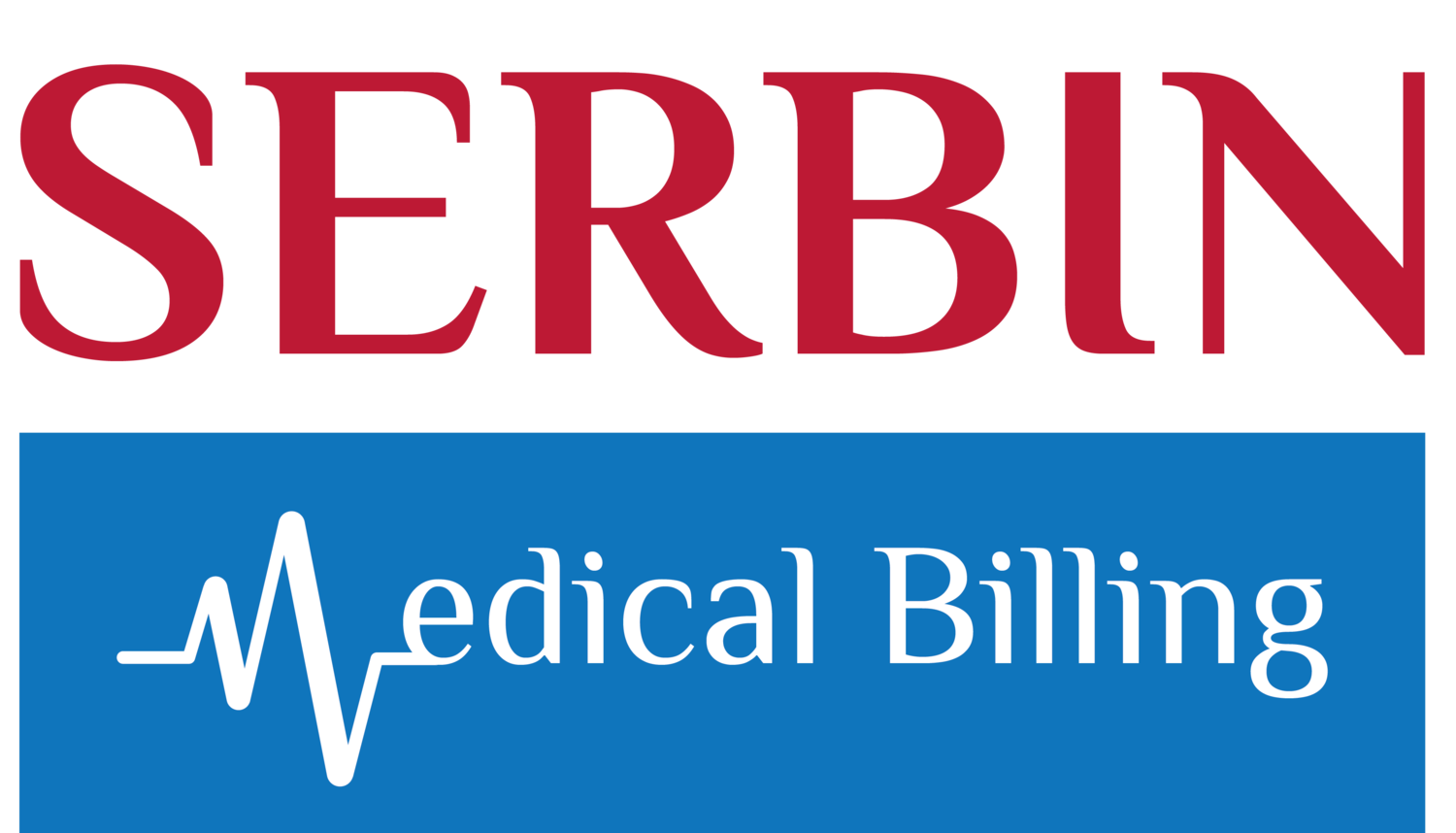ASC Fee Schedule
Best Practices: Tip #2
Last week, we discussed the benefits of auditing your fee schedule to determine if your fees are in line with your contract reimbursement allowances. Assuming that your initial fee schedule was based on a pre-determined percentage above reimbursement rates (either by your primary contracted payer or Medicare) at that time, you need to determine whether you are still maintaining that percentage over your center’s current reimbursement rates.
We previously recommended that you create a spreadsheet showing reimbursement rates from your primary third-party payers and Medicare and compare this to your fee schedule. Using this spreadsheet, this week we are going to determine how much, if any, your fees need to be adjusted.
Tip #2: Fee Schedule Increases
Your center can choose to:
- maintain original pre-determined percentage above contracted fee allowance by adjusting fees individually as reimbursement change dictates;
- do an across-the-board increase (recommend 3%–5%) annually, or when a new service is added, to keep up with the increased cost of doing a case;
- base increases on a specialty-to-specialty basis; or
- raise rates only on those procedures whose cost has increased dramatically.
Fee schedule increases should be presented to and approved by the center’s governing body. As mentioned in last week’s tip, limit personnel allowed to change fees to management (administrator, business office coordinator and/or clinical director) to prevent errors and ensure that your fee schedule remains compliant.
Certain fees may not be able to withstand a significant increase because of a competitive market. However, because of the continuing cost-of-living inflation and increased direct and indirect costs, we recommend performing this review at least every two years, if not more frequently.
Access Tip #1 on Auditing ASC Fees. Stay tuned for our Tip #3: Setting a Minimum Baseline.
Never miss a new tip by following Serbin Medical Billing's LinkedIn page!

